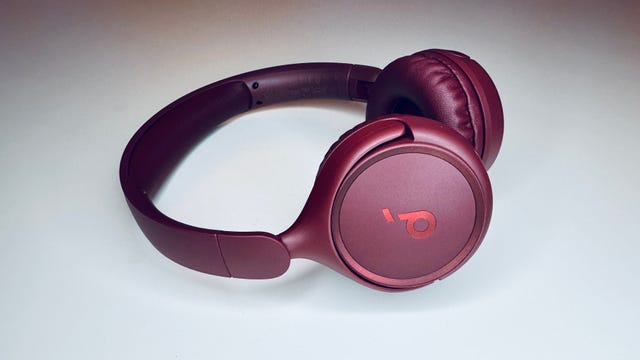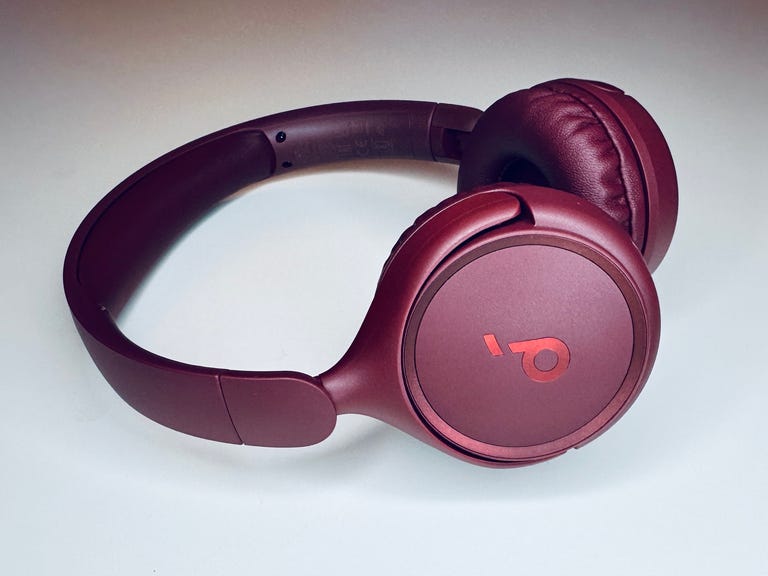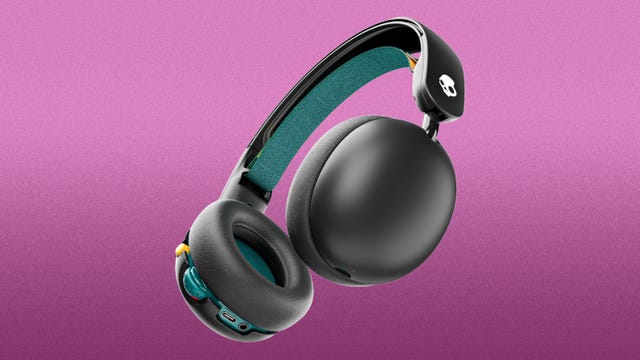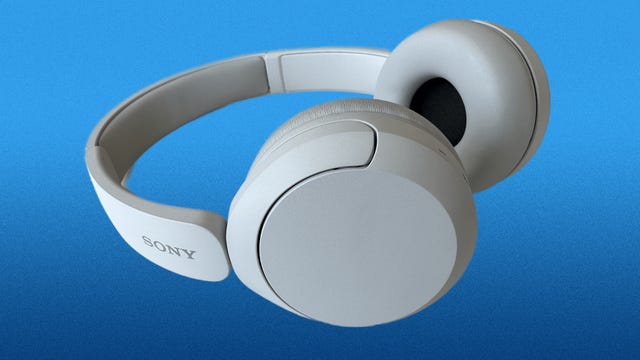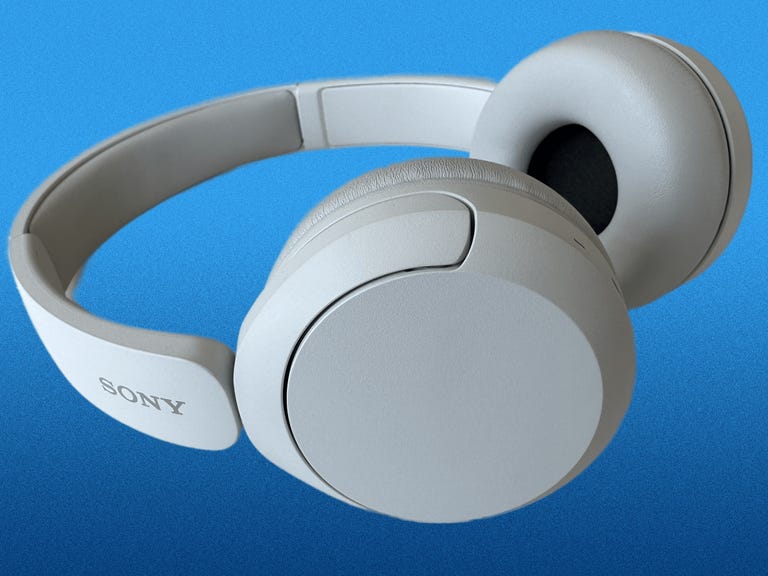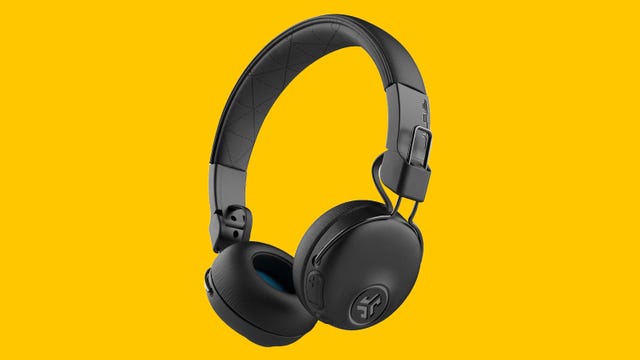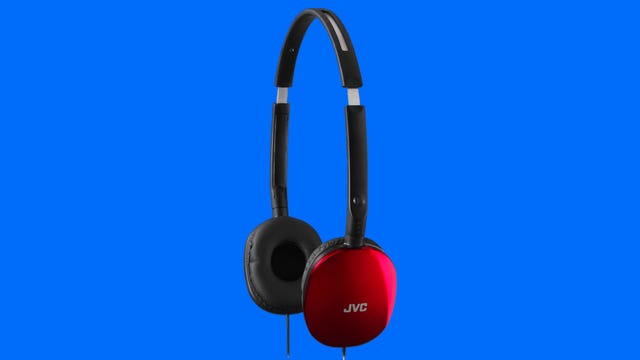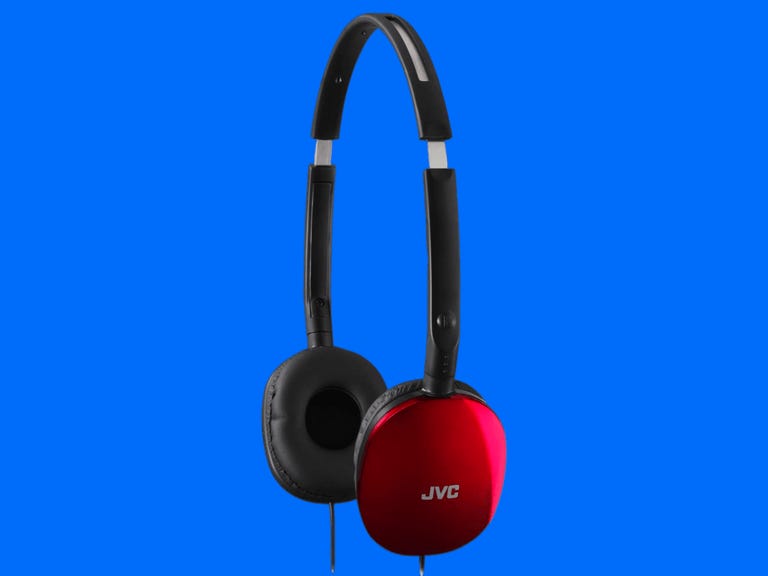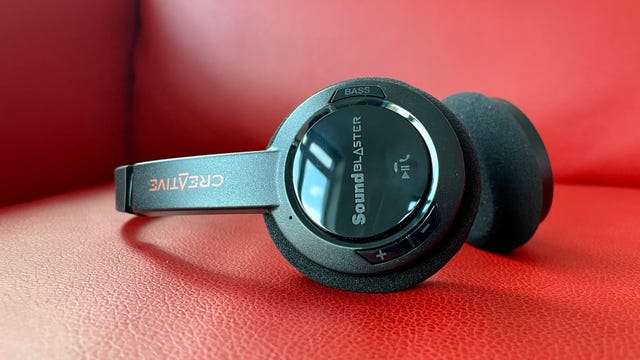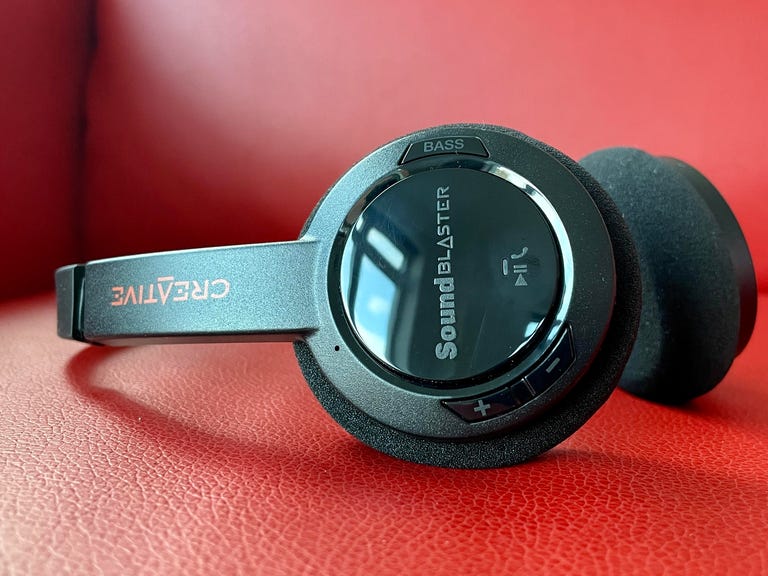What to consider
Budget
The quality of value-priced headphones continues to improve, so you can find good affordable kids’ headphones for less than $50, but there are some premium models that cost $100 or more.
Fit
It’s key that the headphones you buy fit your child’s ears well. They should offer a comfortable fit that’s snug yet not too snug. A lot of kids’ headphones are on-ear models, which are more compact.
Durability
You want headphones that hold up well over time, so look for models that we note have sturdy build quality.
Wireless or wired?
Wireless headphones are the way to go, but if you’re traveling on a plane and want your child to be able to plug into an in-flight entertainment, look for a model that also has a cord you can plug into the headphone for wired use.
Return policy
It’s critical to buy your headphones at a retailer that has a good return policy, in case you have buyer’s remorse.
What are the best headphones for kids?
Over the years I’ve tested hundreds of headphones, and most of them work just fine for kids. But when parents are looking for headphones for their children, especially younger ones (under 11 years old), they tend to look for more compact models, and also headphones that don’t cost too much. Additionally, some parents look for headphones that have a volume limiter to protect their child’s hearing. But you can also set volume restrictions in the settings of a smartphone or tablet, so it’s not an essential feature to have in a kids’ headphone.
Having four kids myself, I’ve had them try out a lot headphones. As one might expect, as they got older, they were drawn to name brands like Apple, Beats, Bose and Sony. But spending over $100 on a pair of headphones for a younger kid is probably overkill, which is why I’ve picked several models that cost less than $50, including the Soundcore by Anker H30i and the Sony CH-520, which list for $60 but often go on sale for closer to $40.
Most of the headphones on the list are wireless headphones. Some of those have a wired option (if you want your child to be able to tap into an in-flight entertainment system, make sure the headphones you buy have a wired option), but not all do. I’ve also included one headphone that is wired-only.
Best kids’ headphones of 2024
Other kids’ headphones we tested
Puro Sound Labs BT2200: Puro Labs has long been a leader in kids’ headphones as all its kids’ headphones include a volume limiter. While the BT2200s have a somewhat generic design, they’re built sturdily and offer decent performance and sound. They’re just a little bulky and a tad expensive at $99. The company also sells a $30 on-ear model with a volume limiter that isn’t as durable.
Belkin SoundForm Mini: Available in four color options, the SoundForm Mini are in many ways your typical pair of budget on-ear headphones for kids. But they’re decent-enough looking, reasonably comfortable (don’t expect supersoft ear pads, however) and sound OK. While they charge via Micro-USB instead of USB-C (that’s less than ideal), they have good battery life — up to 30 hours — and their volume is capped at 85db to protect your youngster’s ears. A charging cable and headphone cord are included for wired listening.
Factors to consider when choosing kids’ headphones
Budget
Before anything else, you’ll want to figure out how much you’re willing to spend on new kids’ headphones. The quality of value-priced headphones continues to improve, so you can find good affordable kids’ headphones for less than $50. The premium models, which offer better build quality and sometimes extra features such as noise canceling, tend to cost $100 or more.
Fit (comfort)
It’s key that the headphones you buy fit your child’s ears well. They should offer a comfortable fit that’s snug yet not too snug. A lot of kids’ headphones are on-ear models, which are more compact.
Durability
You want headphones that hold up well over time, so look for models that we note have sturdy build quality.
Wireless or wired?
Wireless headphones are the way to go, but if you’re traveling on a plane and want your child to be able to plug into an in-flight entertainment, look for a model that also has a cord you can plug into the headphone jack for wired use.
Return policy
It’s critical to buy your headphones at a retailer that has a good return policy, in case you have buyer’s remorse.
How we test headphones and earbuds
We test headphones and earbuds based on six key criteria. These criteria include design, sound quality, noise-canceling performance, voice-calling performance, features and value.
- Design: Evaluating design, we assess not only how comfortable the headphones and earbuds fit (their ergonomics) but their build quality and how well the controls are implemented. When it comes to earbuds, we also look at water- and dust-resistance ratings.
- Sound quality: We evaluate sound quality by listening to a set playlist of music tracks and comparing the earbuds to top competing products in their price range. Sonic traits such as bass definition, clarity, dynamic range and how natural the headphones sound are key factors in our assessment.
- Noise-canceling performance: If the headphones we’re testing feature active noise canceling (ANC), we evaluate ANC performance by wearing the headphones in the same spot indoors near a noisy HVAC unit to see how well they do at muffling lower frequencies. Then we head out to the streets of New York to test the headphones in a real-world environment, where we see how they muffle not only street noise but people’s voices.
- Extra features: Some great-sounding noise-canceling headphones and earbuds aren’t loaded with features, but we do take into account what extra features are on board. These include everything from quick-access awareness to transparency modes (your music pauses and the headphones open up to the outside world so you can have a conversation) to special sound modes to ear-detection sensors that automatically pause your music when you take the headphones off your ears. We also take a look at the companion app for the headphones if there is one and how user-friendly it is.
- Voice-calling: When we test voice-calling performance, we make calls in the noisy streets of New York and evaluate how well the headphones or earbuds reduce background noise and how clearly callers can hear our voices.
- Value: We determine value after evaluating the strength of the headphones and earbuds against all these criteria and what they’re able to deliver compared to other models in their price class.
Best kids’ headphones FAQ
Should I buy a kids’ headphone with a volume limiter?
A volume limiter in a headphone sets a top-end volume that’s in the safe hearing zone to help protect your child’s ears. You can also limit the volume on many smartphones or tablets, including iPhones and iPads, so having a volume limiter in the headphones themselves isn’t essential. But some parents don’t want to bother digging into the settings menus on their devices to set a volume limit and would prefer having it built into the headphones.
Should I get on-ear or over-ear kids’ headphones?
The majority of kids’ headphones tend to be more compact on-ear models. On-ear headphones are typically not as comfortable as over-ear headphones (also called around-ear headphones), but on-ear headphones can be better for younger kids with smaller heads. Smaller headphones are also more travel friendly.
What about earbuds for my child?
In-ear headphones can potentially be more harmful to your child’s ears than on-ear or over-ear headphones (if played at high volumes). While children sometimes use AirPods and other in-ear buds, it’s safer to use an on-ear or over-ear headphone from a hearing health standpoint. That said, when it comes to kids’ hearing, you should be careful to keep the volume of any headphones they use at a safe level.



